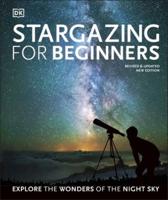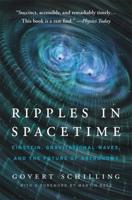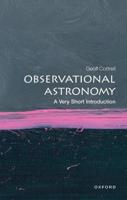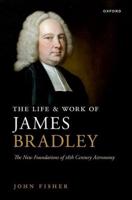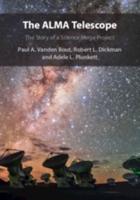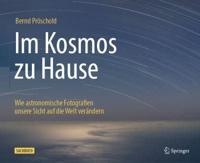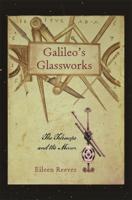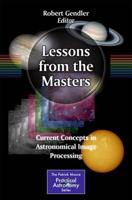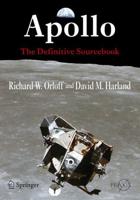Publisher's Synopsis
This study, which outlines the present search for distant objects in the observable universe, discusses search techniques and presents results which aim to update understanding of the universe's structure and evolution.;The text commences with an overview of the size and contents of the universe as revealed through modern astronomy. The authors discuss telescopes (optical and radio), photographic plates, and electronic devices and the nature of light and radiation they receive. The methods used to determine distance and their limitations are reviewed alongside the role of selection effects.;Evidence is presented for and against the two most crucial concepts of cosmology - assumptions of isotrophy and homogeneity - which are related to cosmological principles, Big Bang and Continuous Creation models of the origin of the universe. Further sections of the book examine the expansion of space and its role in the redshifts of the galaxies and quasars, curved space, the problem of night sky and the "central engines" of quasars. The book concludes with a description of the discovery and implications of the cosmic microwave background theory, a phenomenon which confirms that the universe began 20 million years ago.

